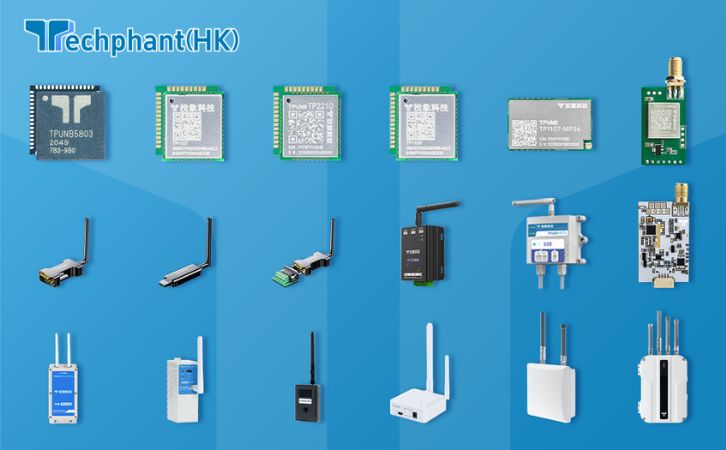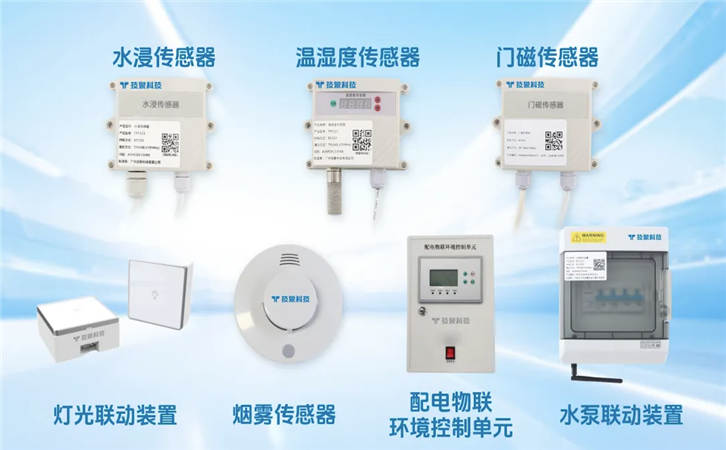I. Introduction to Precision Farming
Imagine a farmer standing in a field, not guessing when to water or fertilize but consulting a stream of data that pinpoints exactly what each plant needs. This is precision farming—a seismic shift from the blanket approaches of traditional agriculture to a tailored, tech-driven model. By weaving together the Internet of Things (IoT) and Artificial Intelligence (AI), farmers can now monitor and manage their fields with unparalleled accuracy, ensuring every drop of water or granule of fertilizer is used efficiently. The roots of precision farming trace back to the 1980s, when GPS and early remote sensing tools began to reshape how farmers viewed their land. Today, with IoT sensors blanketing fields and AI crunching vast datasets, precision farming has become a cornerstone of modern agriculture. Its stakes are monumental: with the global population expected to hit 9.7 billion by 2050, and climate change tightening its grip on arable land and water, feeding the world sustainably is a daunting challenge. Studies show precision farming can boost crop yields by up to 20% while slashing resource use, making it a vital tool for sustainable food production.
The ripple effects of precision farming extend beyond the field. It’s a lifeline for farmers facing rising costs and unpredictable weather, offering tools to maximize output while minimizing inputs. Governments and organizations worldwide are taking note, with initiatives like the European Union’s Common Agricultural Policy promoting smart farming to meet sustainability goals. Yet, the journey isn’t without hurdles. The high cost of technology and the need for digital literacy can exclude smaller farms, particularly in developing regions. Still, the promise of precision farming is undeniable—a revolution that marries technology with the timeless art of cultivation, paving the way for a future where agriculture is as efficient as it is resilient.
II. The Role of IoT in Smart Agriculture
The Internet of Things is the nervous system of precision farming, a sprawling network of devices that transforms fields into living, breathing data hubs. Soil sensors, embedded deep in the earth, measure moisture, pH, and nutrient levels, whispering updates to farmers’ dashboards. Weather stations stand sentinel, tracking temperature, humidity, and rainfall with meticulous detail, while drones glide above, their cameras capturing high-resolution images of crop health or pest activity. GPS-guided tractors and sprayers move with choreographed precision, applying water, fertilizers, or pesticides only where needed—a method known as variable rate application. This targeted approach is a game-changer, reducing fertilizer use by 15-20% and curbing runoff that pollutes rivers and lakes, as reported by the USDA. These devices feed into centralized platforms, creating a real-time tapestry of a farm’s vital signs.
The beauty of IoT lies in its adaptability. A small family farm can deploy a handful of sensors to monitor a single field, while a sprawling agribusiness can orchestrate thousands across vast acreages. The impact is already visible: the global market for smart farming technologies, driven by IoT, is projected to reach $18.21 billion by 2026, fueled by demand for efficiency and sustainability. IoT’s role goes beyond data collection—it empowers farmers to act swiftly, whether it’s irrigating a dry patch or rerouting a sprayer to dodge an over-treated zone. Challenges like unreliable rural internet and device maintenance costs remain, but the trajectory is clear. IoT is knitting farms into a connected ecosystem, where every decision is informed, every action precise, and every resource maximized for the health of crops and the planet.
III. AI-Powered Insights for Crop Optimization
Artificial Intelligence is the alchemist of precision farming, turning the flood of IoT data into gold—actionable insights that drive smarter farming. Picture a machine learning model sifting through years of weather patterns, soil records, and crop performance to predict a pest outbreak before it strikes. Or AI recommending the perfect day to plant based on soil moisture and a 10-day weather forecast. These aren’t hypotheticals—AI is already at work, with tools like IBM’s Watson Decision Platform for Agriculture helping farmers boost corn yields by 10% on test plots. Companies like John Deere have taken it further, embedding AI in tractors that adjust seed depths or fertilizer rates in real time, responding to soil variations within a single field. This precision slashes pesticide use by up to 50%, saving money and sparing ecosystems from chemical overload.
AI’s power lies in its ability to see what humans can’t. It spots subtle correlations—like a humidity spike signaling a fungal risk—and delivers tailored advice, from targeted spraying to optimized harvest schedules. Beyond the field, AI streamlines supply chains by predicting yields with uncanny accuracy, helping farmers plan sales or storage. The technology isn’t flawless; it demands robust data and can stumble without it. Training farmers to trust and use AI tools is another hurdle, particularly in regions with limited tech exposure. Yet the potential is staggering. As AI evolves, it could integrate with robotics or genomics, crafting farming strategies that adapt to climate shifts in real time. This is more than automation—it’s a partnership between human expertise and machine intelligence, reshaping agriculture into a precise, sustainable science.
IV. Benefits and Future Potential
Precision farming, powered by IoT and AI, is a triumph of efficiency and foresight, delivering benefits that redefine what agriculture can achieve. Yields are soaring—farmers adopting these technologies report gains of 15-20%, driven by optimized planting, watering, and fertilizing. Costs are falling, too, as targeted applications replace wasteful blanket approaches. Smart irrigation systems, for example, can save 30% of water, a critical edge in drought-stricken regions like Sub-Saharan Africa or California’s Central Valley. The environmental wins are just as striking: less chemical runoff protects waterways, while precision-guided machinery cuts fuel use, lowering carbon emissions. These align with global pushes for sustainability, like the UN’s Sustainable Development Goals, making precision farming a model for green agriculture.
The road isn’t always smooth. The steep price of sensors, software, and training can lock out small-scale farmers, deepening inequalities. Spotty internet in rural areas hampers cloud-based systems, and many farmers need support to navigate complex tech. Despite these barriers, the future glimmers with possibility. Autonomous tractors, already in trials, could work fields around the clock, while AI-paired gene editing might produce crops that laugh off drought or pests. By 2030, the precision agriculture market could exceed $20 billion, propelled by these innovations. Precision farming is more than a set of tools—it’s a vision of agriculture that’s leaner, greener, and ready to feed a warming, crowded world with resilience and care.
V. Conclusion
Precision farming stands as a beacon of hope in an era where agriculture faces unprecedented challenges. By harnessing IoT’s real-time data and AI’s predictive prowess, it transforms fields into models of efficiency, delivering higher yields, lower costs, and a lighter environmental footprint. From soil sensors guiding irrigation to AI forecasting pest risks, these technologies empower farmers to work with precision and foresight, blending tradition with innovation. The journey is not without obstacles—high costs and connectivity gaps demand solutions to ensure all farmers, not just the well-resourced, can join the revolution. Yet, the trajectory is clear: with innovations like autonomous machinery and climate-resilient crops on the horizon, precision farming is poised to redefine how we feed the world. As we look to a future of 9.7 billion mouths to feed, this fusion of technology and agriculture offers a path forward—one where sustainability and productivity go hand in hand, ensuring a bountiful, resilient planet for generations to come.


